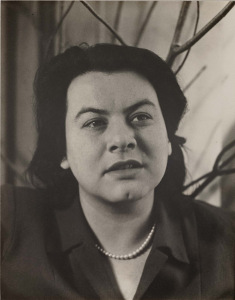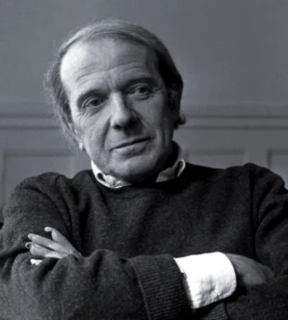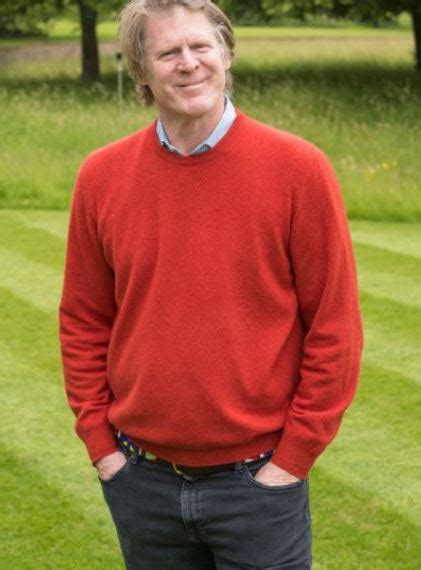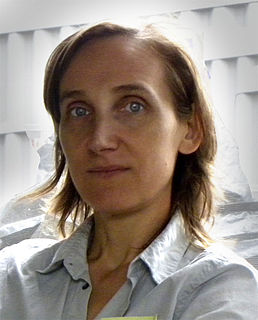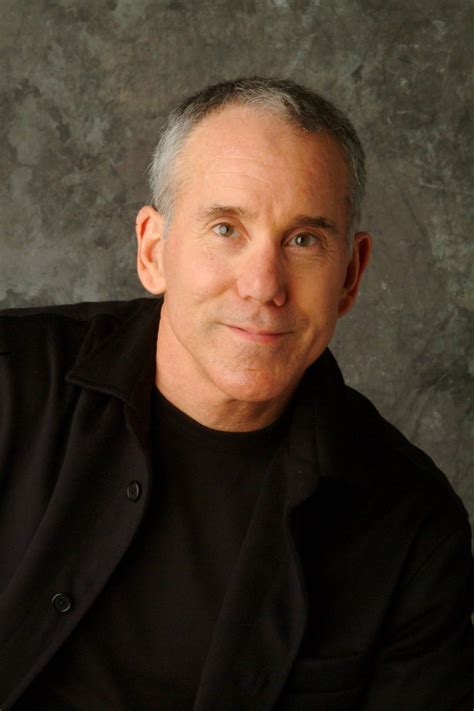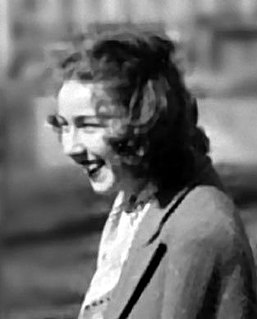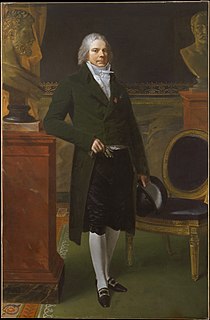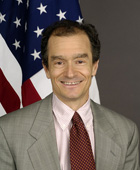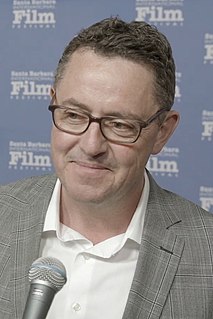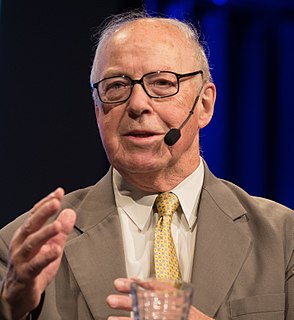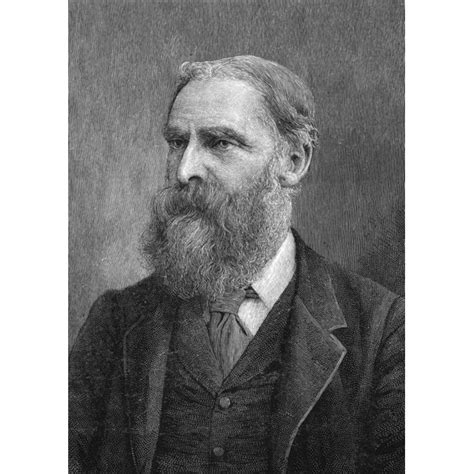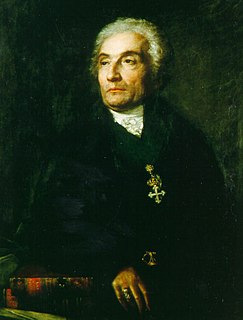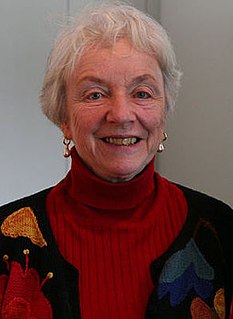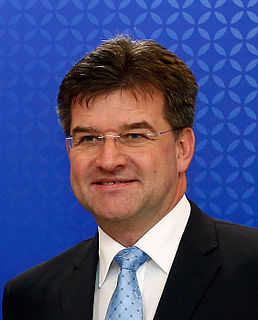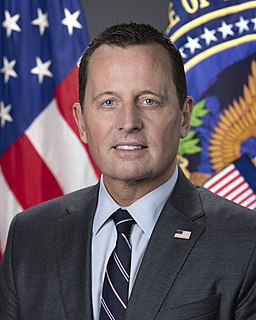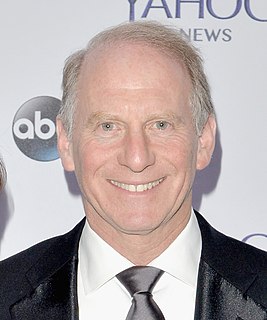A Quote by Chester Bowles
To some extent we are all the prisoners of stereotypes; we see each other in terms of distorted and oversimplified images. Better communication in the realm of ideas, of the arts, and of science can help refashion these false images. And by seeing more clearly we may act more wisely.
Related Quotes
To suffer is one thing; another thing is living with the photographed images of suffering, which does not necessarily strengthen conscience and the ability to be compassionate. It can also corrupt them. Once one has seen such images, one has started down the road of seeing more - and more. Images transfix. Images anesthetize.
The statement of ideas in a poem may have to do with logic. More profoundly, it may be identified with the emotional progression of the poem, in terms of the music and images, so that the poem is alive throughout. Another, more fundamental statement in poetry, is made through the images themselves those declarations, evocative, exact, and musical, which move through time and are the actions of a poem.
I am myself a professional creator of images, a film-maker. And then there are the images made by the artists I collect, and I have noticed that the images I create are not so very different from theirs. Such images seem to suggest how I feel about being here, on this planet. And maybe that is why it is so exciting to live with images created by other people, images that either conflict with one's own or demonstrate similarities to them.
We do not see the danger clearly enough that we develop images adequate to our state of civilization. When you watch TV, you know instantly that there's something wrong with the images. When you open a magazine and see the ads, you know there's something wrong with the images. And it's unhealthy and not good and outright dangerous, in my opinion.
Everything that we see in our daily lives is more or less distorted by acquired habits and this is perhaps more evident in an age like ours when cinema posters and magazines present us every day with a flood of ready-made images which are to the eye what prejudices are to the mind. The effort to see things without distortion demands a kind of courage; and this courage is essential to the artist, who has to look at everything as though he were seeing it for the first time.
In the law, rights are islands of empowerment. . . . Rights contain images of power, and manipulating those images, either visually or linguistically, is central in the making and maintenance of rights. In principle, therefore, the more dizzyingly diverse the images that are propagated, the more empowered we will be as a society.
A flash of enlightenment offers a preview of coming attractions, but when it fades, you will see more clearly what separates you from that state - your compulsive habits, outmoded beliefs, false associations, and other mental structures. Just when our lives are starting to get better, we may feel like things are getting worse - because for the first time we see clearly what needs to be done.
The first time, I usually skim off the outer layer and end up with photographs that are fairly obvious. The second time, I have to look a little deeper. The images get more interesting. The third time it is even more challenging and on each subsequent occasion, the images should get stronger, but it takes more effort to get them.
The Catholic novelist in the South will see many distorted images of Christ, but he will certainly feel that a distorted image of Christ is better than no image at all. I think he will feel a good deal more kinship with backwoods prophets and shouting fundamentalists than he will with those politer elements for whom the supernatural is an embarrassment and for whom religion has become a department of sociology or culture or personality development.


